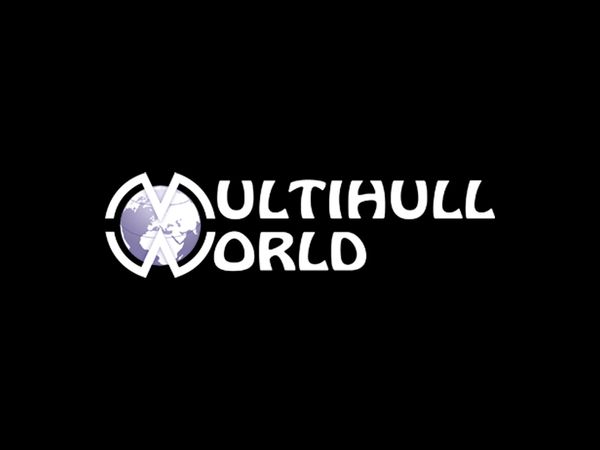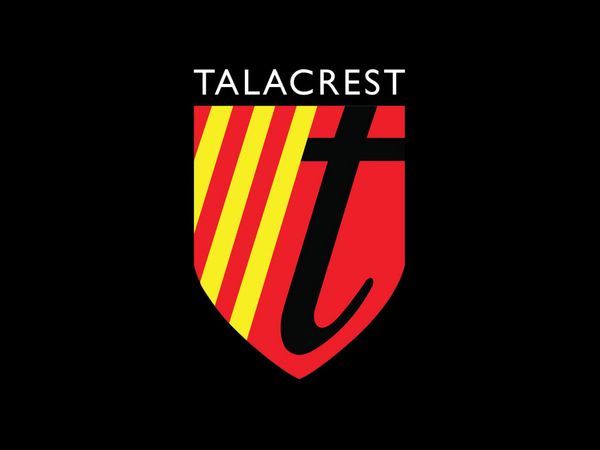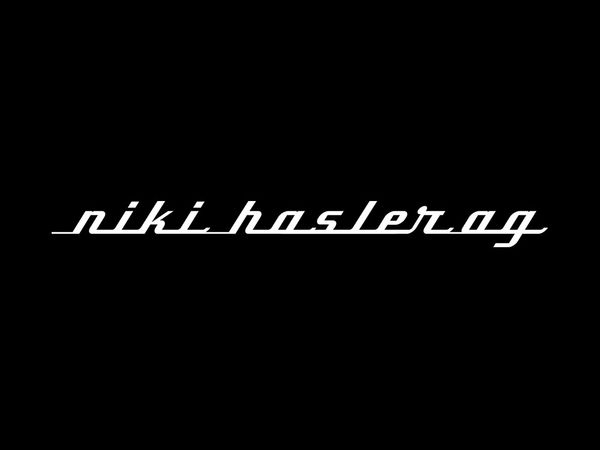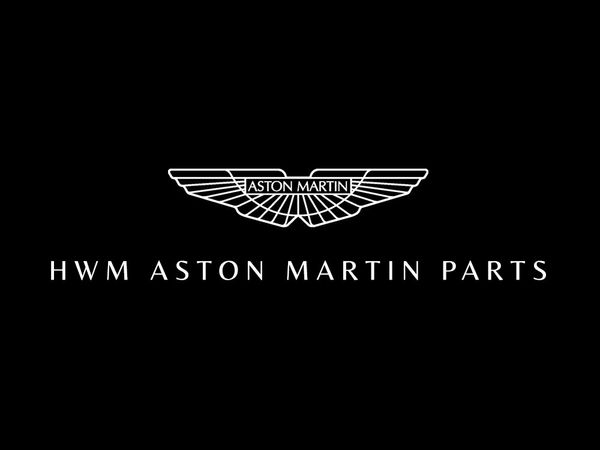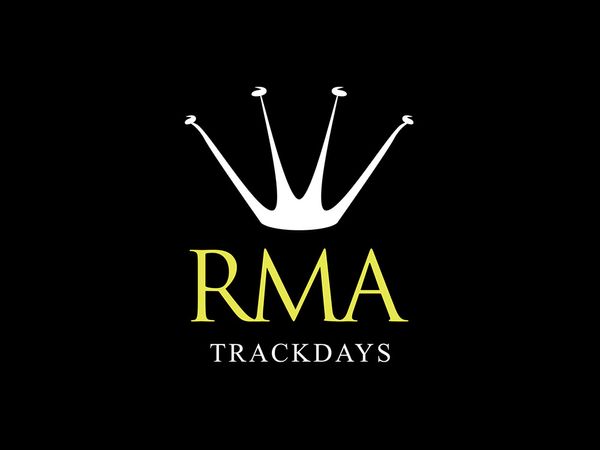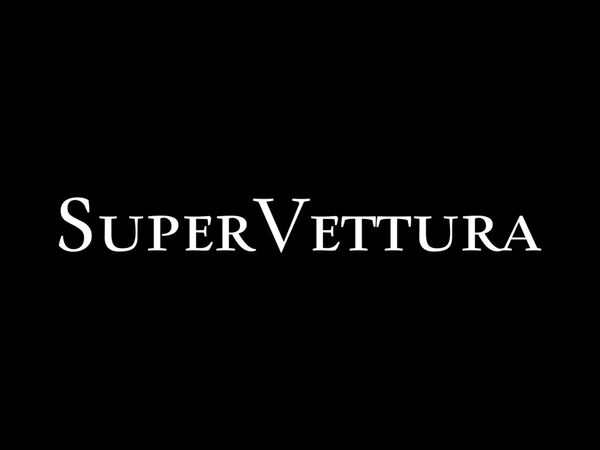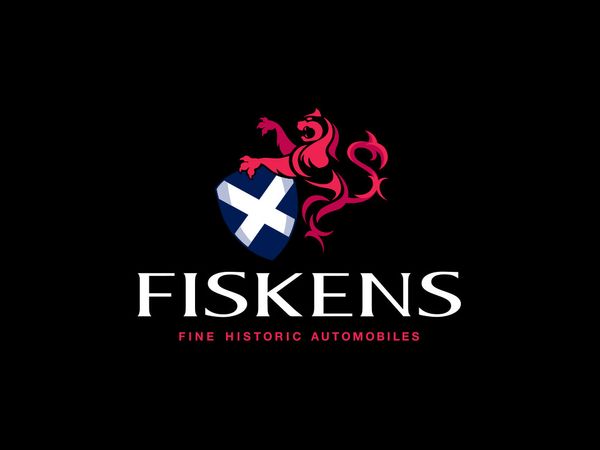Estimate $1,250,000 - $1,500,000
Chassis 930 670 0155
Porsche’s Legendary Group 4 RSR Turbo; One of Only 31 Porsche 934s Built
Illustrious Seven-Season Racing History at Major International Venues
Competition Record Includes Class Wins at Le Mans, Monza, Dijon, and Silverstone
Award-Winning Restoration; Faithfully Presented in Original Orange Livery
Well-Documented Provenance Includes Notable Porsche Collectors
A Ticket to International Historic Events from Le Mans Classic to Rennsport Reunion
Technical Specs
2,994 CC SOHC Flat 6-Cylinder Engine
Bosch K-Jetronic Fuel Injection
Single KKK Turbocharger
485 BHP at 7,000 RPM
4-Speed Manual Transaxle
4-Wheel Ventilated Disc Brakes
Front Independent MacPherson Strut Suspension with Coil-Overs
Rear Independent Suspension with Trailing Arms and Coil-Overs
The early 1970s marked the culmination of Porsche’s dominance in the prototype era and the beginning of a factory-supported GT racing program based on the 911. In 1973, the new Carrera RSR 2.8 dominated its class and won the Targa Florio outright, defeating factory-entered sports racing prototypes. The following year, Porsche’s experimental RSR 2.14 Turbo placed a remarkable 2nd Overall at the 24 Hours of Le Mans. These successes led Porsche to develop two new state-of-the-art 911-based racing cars for entry into the FIA World Championship.
Introduced for the 1976 season, the 934 was Porsche’s highly anticipated Group 4 GT variant of the all-new turbocharged 930 – a factory-built racing machine that maintained close ties to its road car counterpart.
The 934 retained much of the production three-liter 930 Turbo form, but was distinguished by its riveted GRP fender flares, prominent front air dam, and three-piece BBS wheels. Beneath the skin, Porsche’s latest production-based racer was a carefully engineered thoroughbred. Equipped with 917 brakes, rear coil-spring suspension, a full aluminum roll cage, and a turbocharged, three-liter flat-six, the 934 accelerated from 0-100 in about 12 seconds, and had a top speed approaching 190 mph.
In 1976, 31 examples were constructed, sold to private racing teams, and campaigned with success in several national and international series. As Porsche had intended, the 934 expanded on the success of the RSR racing program, capturing the European GT Championship and the Trans Am Championship in North America.
Completed in December 1975, chassis 930 670 0155 is the second 934 built. It was sold new through Max Moritz to well-known German industrialist and Porsche customer Egon Evertz, painted in his traditional orange livery.
Evertz campaigned his 934 in many FIA World Championship events and in the German DRM series, though it debuted in the US at the 24 Hours of Daytona in February 1976.
After returning the 934 to Europe, Evertz enlisted the talents of Leo Kinnunen, an experienced Porsche driver who had raced 917s and 908/03s for the factory team. Evertz and Kinnunen first entered the 934 in Mugello in March 1976, placing 3rd Overall and 1st in Class, securing the model’s first win in a Group 4 race.
The Evertz 934 next raced at Vallelunga, and then at Silverstone where, fitted with a Group 5 conversion kit, it placed 3rd Overall. Following a DNF at Nürburgring and disqualification at Zeltweg, Evertz achieved his greatest success with the 934.
By this time in the season, Porsche was leading BMW in the FIA World Championship by a slight margin – 82 to 78 points. To fend off the competition from Munich, Porsche entered a second works 935 and supported Evertz’s 934 in the 6 Hours of Watkins Glen. The works effort proved successful, with the 935 taking an outright victory. Evertz’s 934 placed 2nd Overall, ahead of Jochen Mass and Jacky Ickx in the second works 935.
Porsche returned to Europe, leading the World Championship for Makes with one race remaining at Dijon. In another all-out effort from Weissach, the top three positions were held by 935s, Evertz and Kinnunen placed 4th Overall, and Porsche won the 1976 Manufacturers’ Championship. Evertz continued to race the 934 in local DRM races, often in upgraded Group 5 specifications, and then sold it after the season to fellow racer Jürgen Kannacher of Krefeld, Germany.
In 1977, Swedish driver Kenneth Leim bought the 934, painted it white, and campaigned it with co-drivers Kurt Simonsen and Lella Lombardi throughout 1978 and 1979. In late 1979, Englishman Richard Cleare purchased the well-used 934 and had Porsche specialist Autofarm carry out a comprehensive rebuild to prepare it for further endurance racing.
Cleare debuted the freshened 934 at Brands Hatch in 1980, and captured class wins at Silverstone, Vallelunga, and Dijon with co-driver Tony Dron. They continued racing the car with mixed results throughout 1981. In preparation for the 1982 season, Cleare had the cylinder heads modified to run mechanical fuel injection instead of the original CIS system. With this more powerful engine, the 934 easily won its class at Monza and placed 2nd in Class at Silverstone.
The next outing took place at the 24 Hours of Le Mans, a race that Cleare had always wanted to participate in. For this prestigious event, Cleare, Dron, and Jones pulled out all the stops to ensure a successful finish. In the end, they covered 2,466.97 miles at an average of 102.79 mph, finishing 1st in Class and 13th Overall. With Dron behind the wheel, the Porsche turned a lap time of 4.04.08, the fastest ever recorded at Le Mans in a 934.
In Randy Leffingwell’s book Porsche Legends, Tony Dron recalled the visceral experience of driving the powerful 934 at Le Mans:
“On the straight, with the ‘tea-tray’ the car is completely stable and absolutely straight down Mulsanne. With the flip…well, in those days, there was a crown in the road and no chicanes. So, when you settled onto the left side of the road, the car adopted a little ‘attitude,’ the nose pointing up toward the crown and you’d have to steer a little bit of opposite lock to go down the straight. If you had to change lanes or pass somebody, it wasn’t a problem, you sort of climbed up and over, you could feel the air coming over the back and it would alternately go from this side to that side, to this, to that, just very slight. And all at about 200 mph.”
Following its Le Mans class win, the 934 placed 2nd in Class at Spa and 1st in Class at Brands Hatch – a fitting conclusion to an illustrious racing career.
For the 1983 season, Cleare purchased a Kremer CK5 and sold the venerable 934 to the US. After passing through a dealership in Georgia, the car was sold to California-based Porsche collector Dave Morse in 1985. During Mr. Morse’s ownership, the 934 was campaigned in club events and treated to an extensive, show-quality restoration. Upon completion, it took part in the Porsche 50th anniversary celebration at the 1998 Monterey Historic Automobile Races.
In the early 2000s, Matthew Drendel acquired the 934, which joined his growing stable of turbocharged Porsche road and racing cars. In his ownership, this car earned prestigious concours awards, including Best in Class at Rennsport Reunion II and at the Amelia Island Concours d’Elegance. For the past decade, the 934 has benefited from the care of just two private owners, both knowledgeable Porsche collectors with a deep appreciation for significant endurance racers.
Considering its outstanding racing record, well-documented history, and exceptional presentation, the Evertz/Leim/Cleare 934 is arguably the finest example of Porsche’s original Group 4 contender. Not only was this car among the first 934s to race, it was also one of the very last to retire, still competitive after seven seasons.
For the collector who demands only the very best, this 934 is a marvelous prize.
*Please note that this vehicle is sold on a Bill of Sale.

